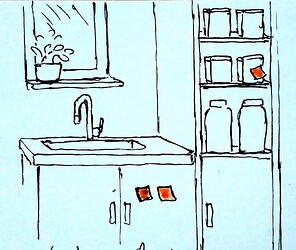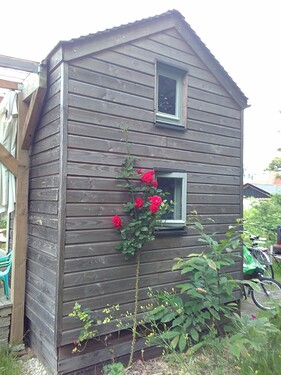A question at r/datacurator once again brings up the topic of tags vs. folders.
I say ‘once again’ because – and there’s no judgement here, it’s just a statement of fact – the good folks at r/datacurator seem really keen on tags.
Tags: what?
My system says that you should find the category that a thing belongs to – note my emphasis on the singular – and put the thing in that category. So your travel is 16 Travel and a trip is 16.37 Uruguay.
As with most things in life, there are two sides to the story. Categories are powerful because they force you to choose. That trip makes a lot of sense in travel, and you’re going to find it easily.
On the other hand, not everything fits neatly in a single category. Recipes are a good example, and one that I touched on in 22.00.0014 Categorisation.
Because you might cook Pad Ka-Prao Moo for dinner[1], and you want to store it in your recipe manager. What category is it?
Thai, obviously. Oh and dinner. Aah, and pork. And spicy. And goes with rice, and quick and cheap and impressive yet simple.
We clearly have a problem. See also: music, photographs, your movie collection, and many other things.
Tags allow you to assign multiple tags to a thing. It’s how my recipe app does things. It makes a lot of sense.
Sometimes.
The problem with tags
So you’ve decided to use tags. Great! Prob-lem solved.
Except now you have to organise your tags.
Let’s have a look at the list of genres in Apple Music. A quick count tells me that there are about 65 to choose from, and I haven’t added any of my own.
There’s electronic, electronica, house, IDM/experimental, techno, and trance, all of which could plausibly describe the same track.
And there’s no consistency. You might tag one track as electronic and a similar track as electronica on different days just because that’s the mood you were in at the time.
Back to r/datacurator
So the crew over on Reddit recommend to people that they use the tagging feature built in to their file system to tag documents:
You can use a single file system, but you should try to use some kind of metadata classification so you can can add additional per unit classification.
NTFS used in windows has space for metadata.
If you didn’t read the thread, the person is asking how to organise documents for their small business. And the suggestion is to use metadata per-file to add tags to, what, each document? For real?
And, to be clear, this means that you do not need a folder hierarchy. Because everything’s tagged! Just chuck it all in one big bucket.
I think this is really impractical advice.
My experience at work
I’ve seen this tried at work. SharePoint[2] lets you set up document libraries controlled by tags.
It is, without exception, total chaos.
The case for tags
I’m not saying that tags are bad. They’re great for your recipe app, or your photos.
Tomorrow I’ll explain why it might be a good idea to use Johnny.Decimal to organise your tags. ![]()
But now, I have to cook.

